With the warm weather approaching, we’re excited for the joy summer brings: sunny days, family barbecues, and precious moments outdoors with our little ones. But we also understand the worry that comes with rising temperatures. Your baby's safety is always your top priority, and hot weather presents challenges that can feel overwhelming for new parents.
The truth is, infants are especially vulnerable to heat because their tiny bodies work differently than ours. They heat up faster, sweat less efficiently, and rely entirely on us to keep them comfortable and safe. Without proper care, hot weather can lead to problems like heat rash, dehydration, heat stress, and even heatstroke.
That's why we've created this comprehensive guide: to give you the confidence and knowledge you need to protect your precious little one during those sweltering summer days, whether you're at home or out exploring the world together.
Why Hot Weather Hits Our Little Ones Harder
Your baby's body is still learning how to regulate temperature, and frankly, it's not very good at it yet. Babies heat up much faster than adults because of their small size and developing temperature regulation systems.
Think of it this way: if you're feeling warm, your baby is likely feeling much warmer. This puts them at risk for heat rash (those uncomfortable red bumps), dehydration, heat exhaustion, and in serious cases, heatstroke.
The good news is that with the right knowledge and preparation, you can keep your baby comfortable, happy, and safe all summer long.
Keeping Your Baby Hydrated: What Every Parent Needs to Know
For babies under 6 months:
Your breast milk or formula is liquid gold during hot weather. These little ones don't need water; in fact, it can be dangerous for them. Instead, offer feeds more frequently throughout the day. Don't worry if feeding sessions feel more frequent; your baby is simply asking for what they need.
Pro tip from fellow parents: Use a light muslin cloth between you and baby during nursing sessions. It reduces that sticky, sweaty feeling for both of you while maintaining that precious skin-to-skin contact.
For babies over 6 months:
Continue with regular milk feeds, but now you can offer small sips of cooled, boiled water between feeds.
How to tell if your baby is drinking enough:
- Count those wet diapers: 6-8 pale, wet diapers in 24 hours means you're doing great
- Your baby seems alert and playful (as much as babies can be!)
- Their lips and mouth look moist, not dry
Red flags that mean "call the doctor now":
- Fewer wet diapers than usual
- That soft spot on top of their head looks sunken
- Your usually active baby seems unusually drowsy, has a dry mouth, or is crying but no tears are coming
- Trust your parental instincts. If something feels off, don't hesitate to seek medical help
Dressing Your Baby for Summer
Less is definitely more when it comes to hot weather dressing. We know it feels strange at first, especially for new parents who worry about their baby getting cold, but your little one will be much more comfortable in minimal, breathable clothing.
Your summer wardrobe essentials:
- Lightweight, loose cotton clothing that lets air circulate around their skin
- For indoor lounging: a simple onesie and diaper are often plenty
- Remember to remove hats and extra layers once you're inside
- For nighttime: just a diaper with a light cotton sheet is perfect (we know it looks like so little, but trust us!)
What to avoid:
- Synthetic fabrics that trap heat and moisture
- Dark colours that absorb heat
- Heavy blankets or extra padding in the crib (these are safety hazards year-round)
Remember: if you're comfortable in shorts and a t-shirt, your baby doesn't need three layers plus a blanket.
Creating the Perfect Cool Sleep Environment
We all know how cranky we get when we're too hot to sleep: babies feel the same way, but they can't just kick off the covers or turn on a fan themselves.
Setting up for sweet dreams:
- Choose breathable cotton sheets that wick away moisture
- Remove any cot bumpers, pillows, or extra padding (these aren't safe anyway)
- Position the crib in your coolest, most well-ventilated room
- Open windows or use fans and air conditioning, but make sure cool air isn't blowing directly on your baby
- Use blackout curtains during the day to keep that blazing afternoon sun from turning the nursery into an oven
- Never, ever leave your baby to sleep in a stroller or car seat; these can become dangerously hot
Don't be surprised if your baby's sleep patterns shift a bit during heat waves. Many babies become sleepier during the hottest parts of the day and more alert as the sun goes down. It's completely normal and usually temporary.
Heat Rash: What It Looks Like and How to Help
Heat rash is incredibly common in babies (almost like a rite of passage for summer babies and their parents). It happens when sweat gets trapped under the skin, creating those telltale tiny red or pink bumps.
What you'll see:
- Small red or pink bumps, often in clusters
- Mild swelling around the affected area
- Usually appears where clothes fit snugly: neck, back, chest, or in those adorable chubby arm and leg folds
How to help your little one feel better:
- Dress them in loose, breathable cotton clothes
- Keep their skin clean and dry
- Give them lukewarm (not cold) baths; think comfortably warm, like you'd want for yourself
- Skip thick creams or ointments that might trap more heat against their skin
When to call your paediatrician:
- The rash seems to be getting worse instead of better
- You notice signs of infection (increased redness, warmth, pus)
- Your baby seems unusually fussy or unwell
Heat Stress Warning Signs Every Parent Should Know
This is the section we hope you'll never need, but it's crucial information that could save your baby's life. Heat stress can escalate quickly in babies, so knowing what to watch for is essential.
Early warning signs:
- Skin that looks flushed, feels clammy, or appears unusually pale
- Your normally energetic baby seems unusually tired or irritable
- Fast breathing or a racing heartbeat
- Less sweating than you'd expect (this is actually a bad sign as heat stress progresses)
What to do immediately:
- Get your baby to a cooler place right away
- Remove their clothes
- Gently sponge them with lukewarm (not ice cold) water
- Offer breast milk, formula, or water if they're old enough
- Call for medical help if symptoms don't improve quickly or if you're worried
Trust your instincts: you know your baby better than anyone. If something doesn't seem right, don't hesitate to seek emergency medical care.
Sun Protection: Your Baby's Skin Needs Extra Love
Your baby's skin is incredibly delicate (about 40% thinner than adult skin), which means UV rays can cause serious damage very quickly. Sun protection isn't optional; it's essential for your little one's health now and in the future.
Your sun safety game plan:
- Slip on lightweight, long-sleeved clothing and pants when outdoors
- Slop on broad-spectrum SPF 30+ sunscreen on exposed skin (only for babies over 6 months)
- Slap on a wide-brimmed hat or legionnaire-style hat that protects face, neck, and ears
- Seek shade whenever possible. Avoid direct sun between 10 a.m. and 4 p.m.
- Slide on baby sunglasses with UV protection (look for category 2, 3, or 4 on the label)
Special note for babies under 6 months: Skip the sunscreen and rely on shade, clothing, and timing your outings for early morning or evening hours.
Stroller and Car Seat Safety in the Heat
Here's something that catches many new parents off guard: strollers and car seats can become scorching hot, even in moderate temperatures. We've all felt that burning sensation when we touch a car seat buckle in summer, so imagine how that feels on your baby's delicate skin.
Stroller safety tips:
- Never drape blankets or towels over the stroller; this actually traps heat and reduces airflow, creating a dangerous oven effect
- Invest in a small battery-operated stroller fan
- Choose routes with plenty of shade
- Avoid outings during peak heat hours (10 a.m. to 4 p.m.)
- Touch the seat and straps before placing your baby in to make sure they're not too hot
Car Safety Rules That Could Save Your Baby's Life
We're going to say this clearly: never, ever leave your child alone in a car, even for "just a minute." Car temperatures can rise to deadly levels in as little as 10 minutes, even with windows cracked open.
Making car travel safer in hot weather:
- Use window sunshades to block direct sunlight
- Start the car and turn on air conditioning before putting your baby in their seat
- Always check that the car seat surface and buckles aren't too hot before strapping your baby in
- Keep your baby's clothing light during car trips
- Consider timing longer trips for cooler parts of the day
Your Summer Safety Checklist
Hot weather doesn't have to mean staying locked inside all season. With preparation, awareness, and the right information, you and your baby can enjoy those magical summer moments safely.
Remember to:
- Watch your baby closely during warm days (you're their early warning system)
- Keep track of their hydration, mood, and how their skin looks and feels
- Trust your parental instincts (when in doubt, consult your healthcare provider)
- Be patient with yourself as you learn what works for your unique little one
You're doing an amazing job keeping your little one safe, and with these guidelines in your toolkit, you can face those hot summer days with confidence.
Stay safe, and stay cool!
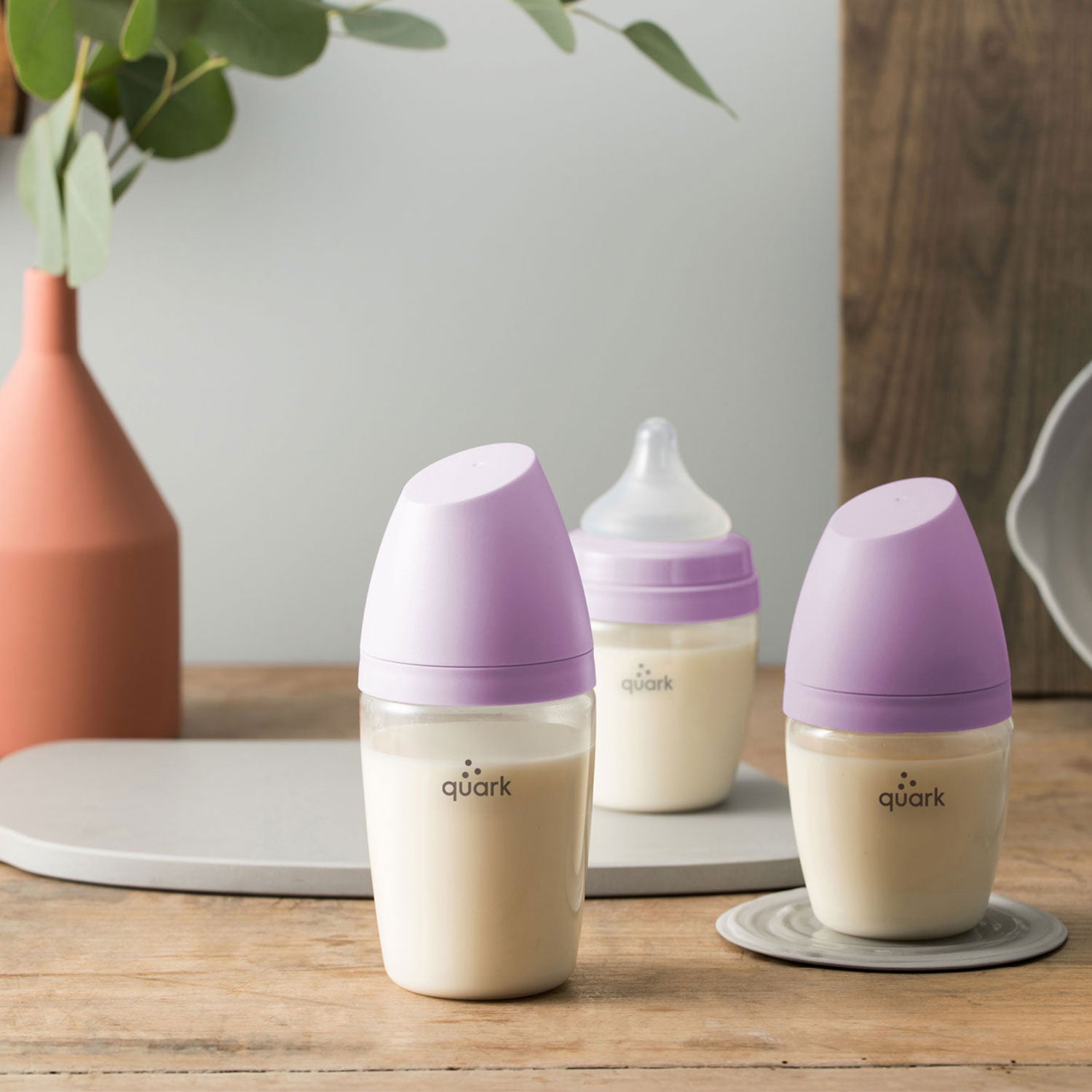
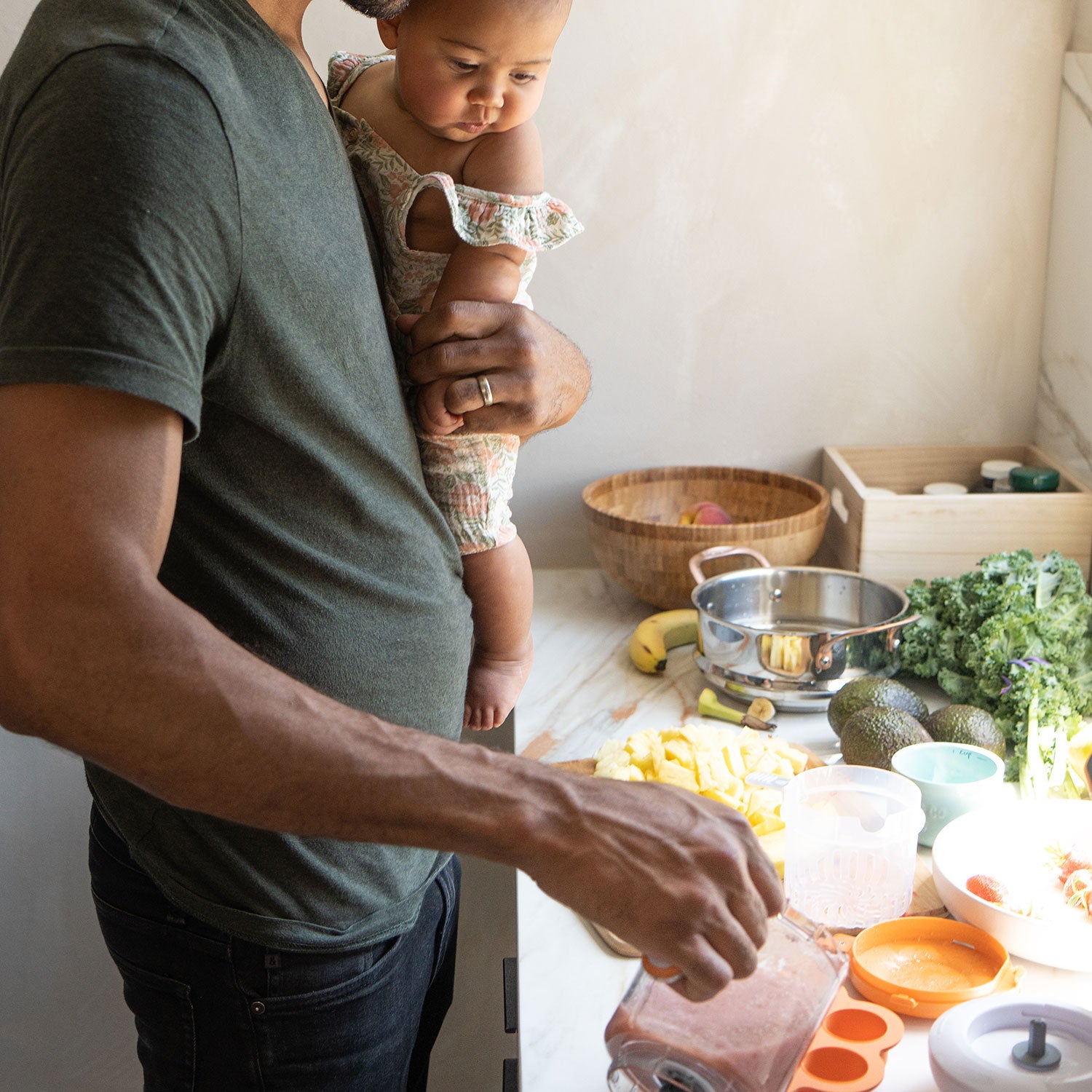
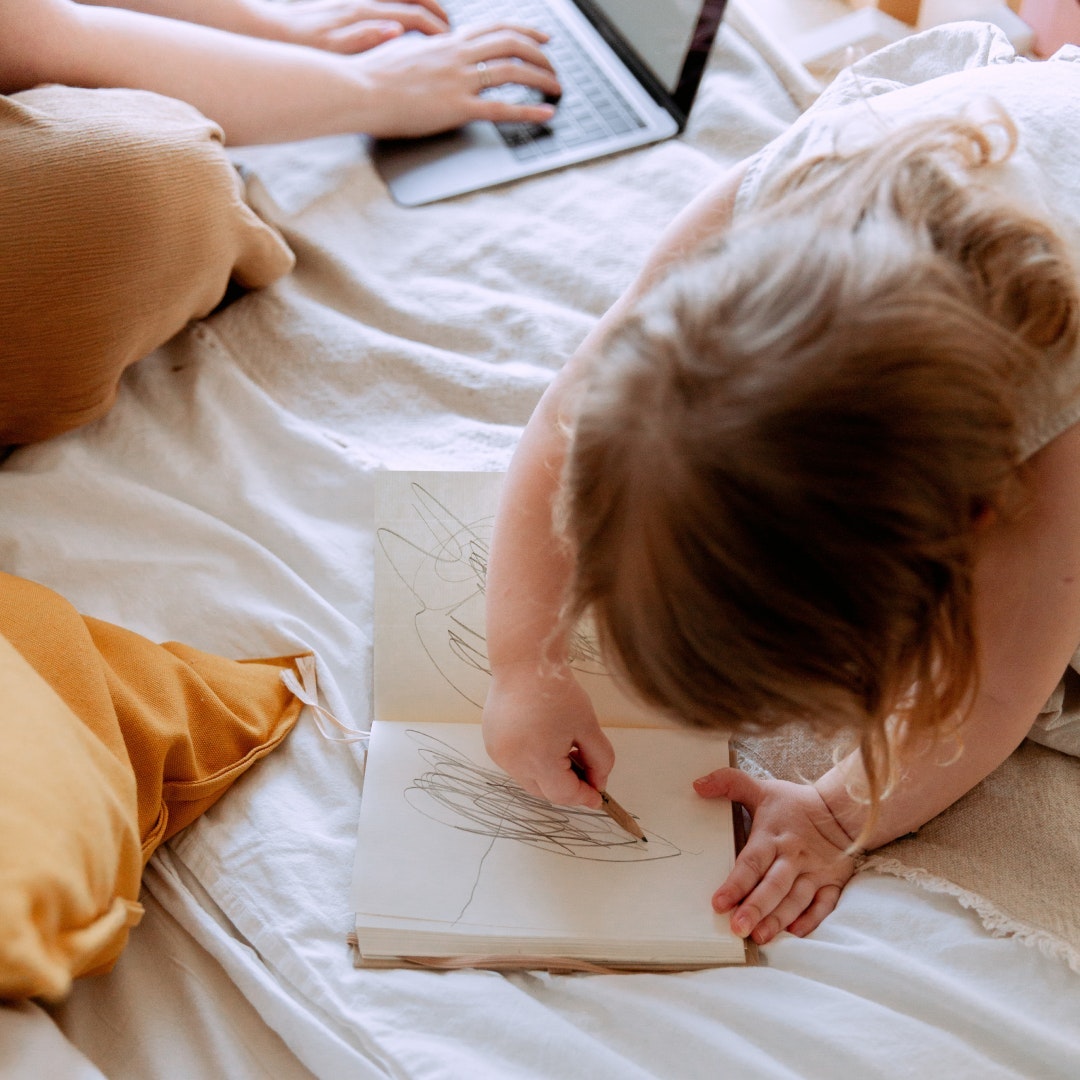
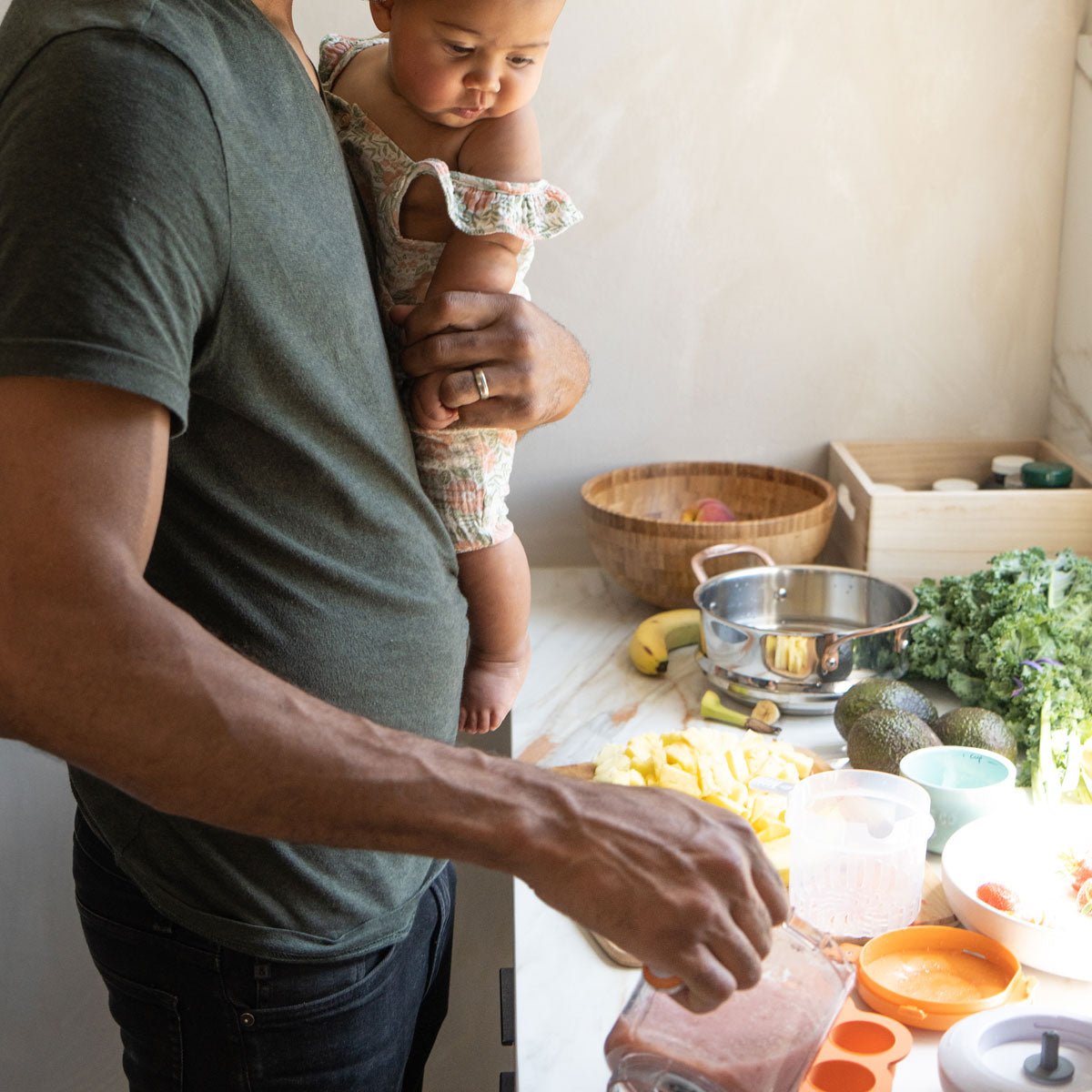
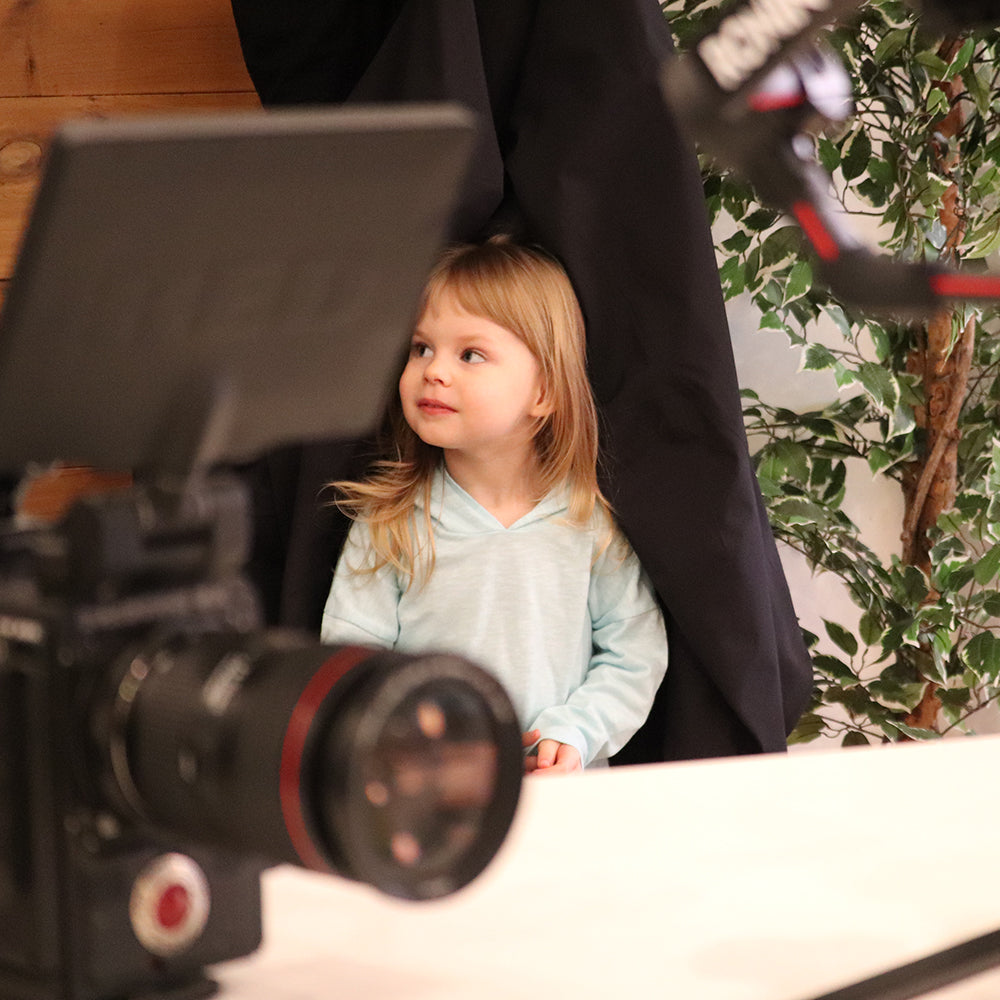
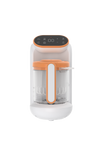
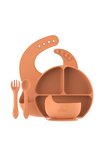
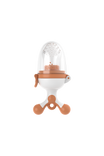
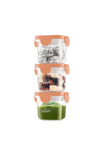
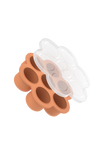
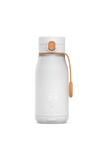
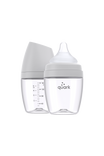
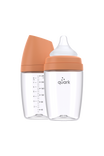
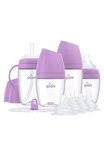
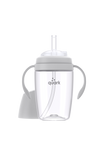
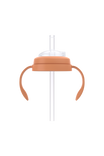
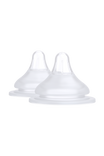


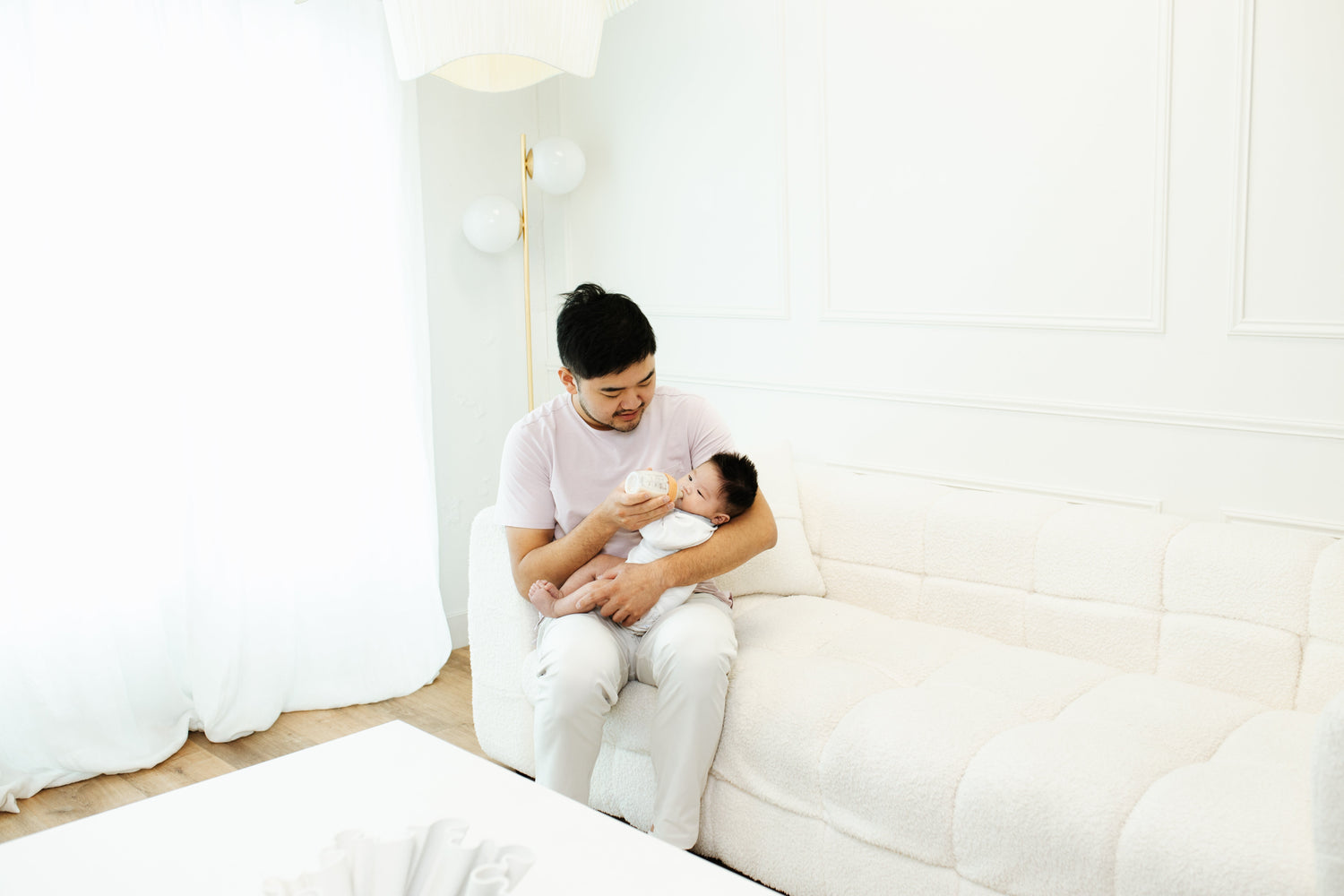
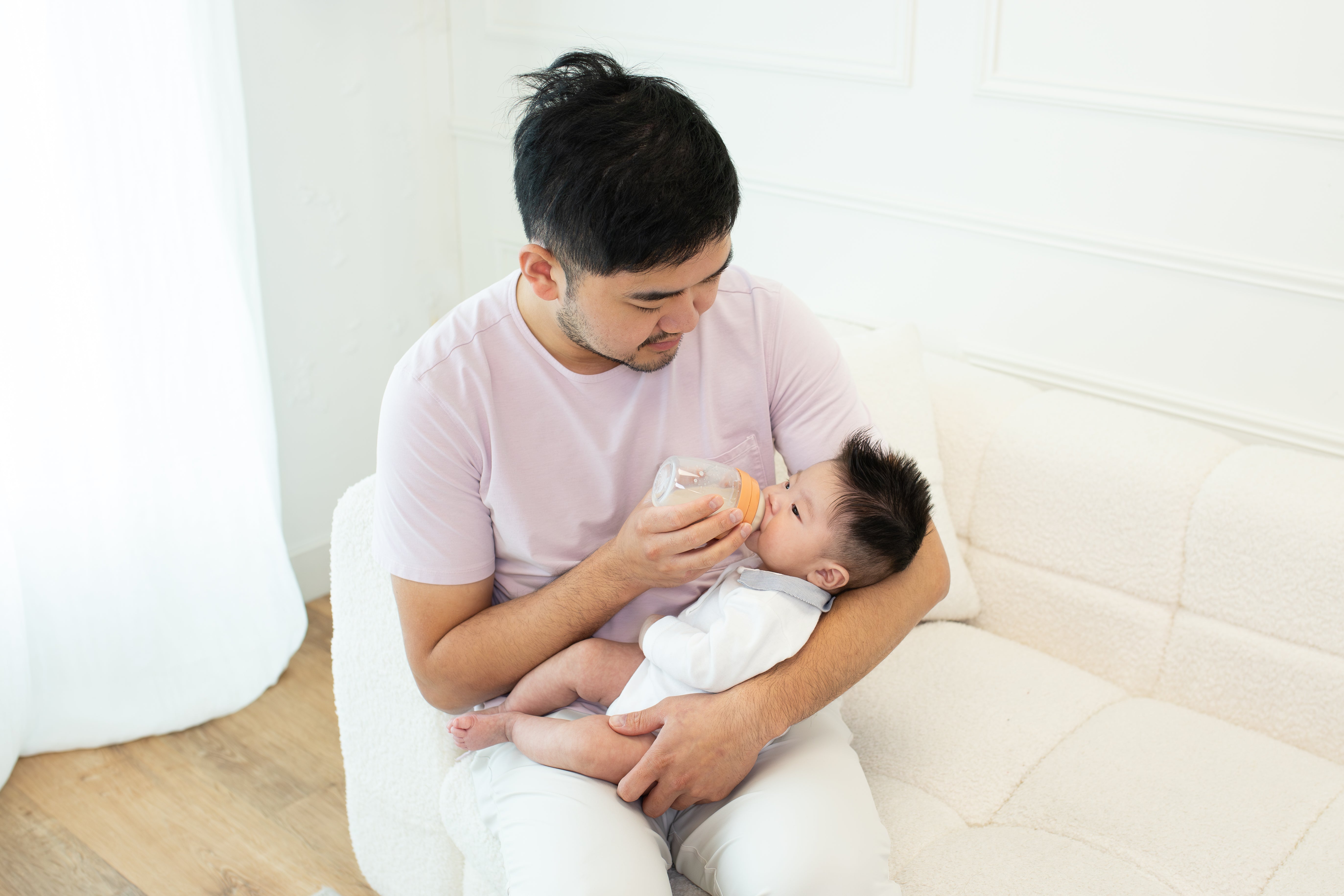
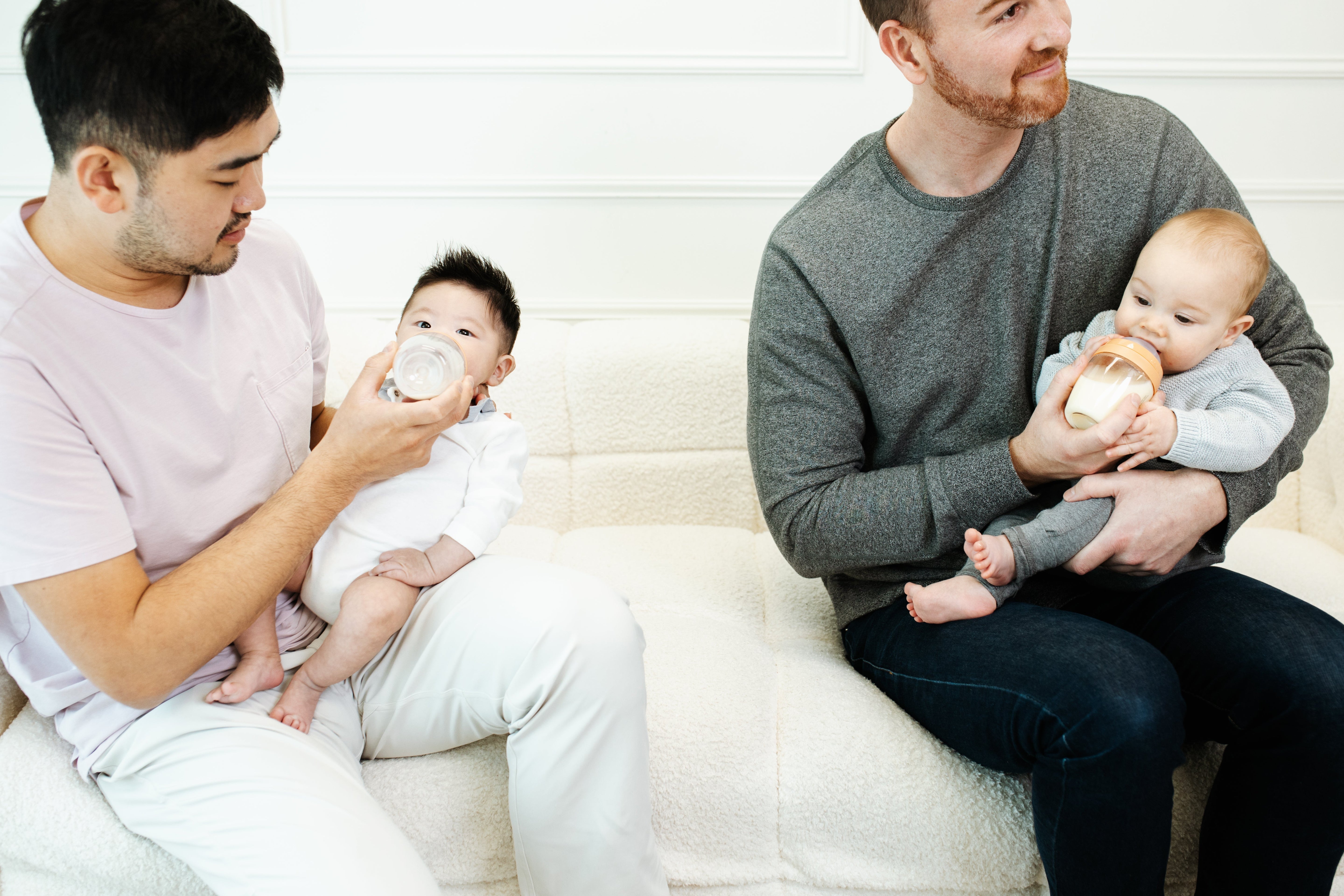
Laisser un commentaire
Tous les commentaires sont modérés avant d'être publiés.
Ce site est protégé par hCaptcha, et la Politique de confidentialité et les Conditions de service de hCaptcha s’appliquent.